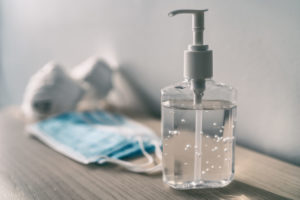Figure 1. Water temperature risk levels.
Another important factor to keep in mind is that most residents of long-term care facilities-either because they’re disabled or simply because they’re elderly-have delayed reactions to a sudden rise in water temperature. Therefore, residents can be subjected or can unknowingly subject themselves to the risk of severe tissue damage and burns (figure 1). At a water temperature of 130¦F, only 20 seconds of exposure can produce a first-degree burn. Even momentary exposure to scalding water can result in second- or third-degree burns. At 135 to 140¦F, it takes an elderly person only 5 to 6 seconds to sustain third-degree burns that can potentially destroy all skin layers. This can cause permanent injury and disfigurement and’depending on the level of exposure’possibly death. It’s not uncommon for scald-related injuries to require skin grafts and an average hospitalization of 17 days. Moreover, the many dangers of scalding water can expose your facility to numerous liabilities, lawsuits, bad publicity, and public ill will.Risk of Infection
Recent studies have shown that water temperatures as high as 180¦F within potable distribution systems cannot immediately kill “biofilm-insulated” bacteria on contact. (Biofilm forms when bacteria adhere to surfaces in aqueous environments and begin to excrete a slimy, glue-like substance that anchors them to the inner walls of plumbing pipes; a biofilm can be formed by a single bacterial species but more often consists of many species of bacteria, as well as fungi, algae, protozoa, debris, and corrosion products). Simply superheating and flushing water lines and fittings periodically will not necessarily ensure disinfection. Even at temperatures of 180¦F or more, it takes time to pasteurize water within the pipes, and lower temperatures require even more time. At 151¦F, Legionella bacteria die within two minutes; at 140¦F, Legionella die within 32 minutes; and at 131¦F it takes five to six hours. Some facilities distribute hot water at temperatures as low as 120¦F, and some even lower (e.g., 110¦F), to eliminate any risk of scalding. Unfortunately, Legionella will grow in temperatures as high as 122¦F, with an ideal growth range of 95 to 115¦F (Figure 2). OSHA’s technical manual on Legionnaire’s Disease (section III, Chapter 7) states that water should not only be stored at a minimum of 140¦F, but it should be “delivered at a minimum of 122¦F to all outlets” to “minimize the growth of Legionella in a system.” The combination of 140¦F water with constant circulation (to prevent stagnation) and combination thermostatic/pressure balancing (Type T/P) valve technology is the only reliable way to kill bacteria and maintain sanitary potable water pipes. |











